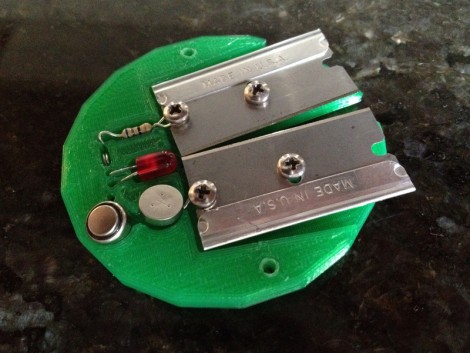
This coffee table is a real show-piece. It’s got a smoky glass surface that is hiding the LCD screen within. But what fun would it be if it could only play video? The rest of the enclosure houses all the parts necessary to make this living room centerpiece into a computer.
After the break you can see a video showing off each step of the build process. It starts by ridding the screen of its enclosure, and using what’s left to determine the size of the wood frame for the table. With the display firmly in place [Nate] sets to work position, mounting, and developing cooling solutions for the motherboard and the rest of the bits. He does nice work and ends up with a table that we’d be proud to feature in our homes.
Now he’s got a lot of computing power and a huge display, but isn’t something missing? How hard do you think it would be to add touch sensitive input to this? We’re wondering if the overlays used to make those Android touchscreens could be mounted on the underside of the glass? Continue reading “Coffee Table Puts On A Show Behind Smoked Glass”
















